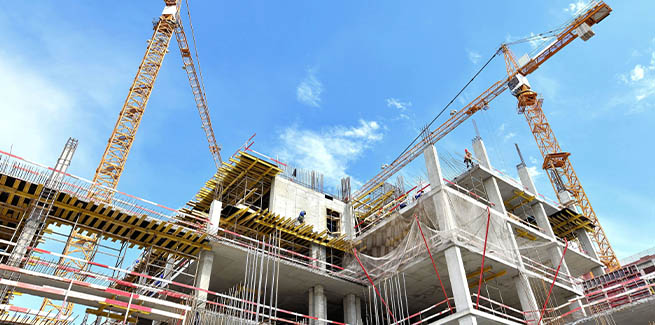The National Housing Finance and Investment Corporation (NHFIC) has published its State of the Nation’s Housing 2021-22 report, providing an analysis of housing demand and supply across Australia.
In the year to December 2021, NHFIC has tracked a 26 per cent surge in regional dwelling prices, while housing in capital cities has soared by 21 per cent.
However, the report has cautioned that supply impediments and growing lags and lead times, particularly in detached housing markets, across Australia are increasing costs.
NHFIC’s industry liaison has suggested there have been difficulties in accessing new land supply, despite surging demand in many greenfield markets, particularly in parts of Sydney and South-East Queensland.
“Given it can take more than six years to get new housing supply to market in some years in some areas, pulling back on development decisions now will exacerbate affordability problems in future years when population growth is expected to return to more normal levels,” the report stated.
“If housing authorities actively slow or impede the flow of new housing supply, it can exacerbate upward pressure on rents and prices, something that should be avoided if improved housing affordability is a primary objective.”
Sydney is the main market where land availability has been a significant constraint on housing affordability.
Developers have told NHFIC that land supply in Sydney is likely to be exhausted within 12 months, while there is a lack of zoned land service with infrastructure and many investors are building land banks and not releasing areas for development.
The Green Square development precinct in particular has seen stretched project time frames. According to NHFIC, only 40 per cent of the area’s projects were completed within a five-year period after development applications were lodged – the remaining 60 per cent took longer.
In Canada Bay, the time from initial site identification to completion is 4.6 years for projects less than 100 dwellings. For those larger than 100 dwellings, the period extended to around 6.5 years.
“Optimistic expectations for supply over the next few years shouldn’t create complacency in state or local government planning authorities,” the report said.
“They should now be planning to have land available for development in the next cycle. This brings even more urgency as international border reopening will put additional pressure on supply over the next few years.”
Further, global supply chain disruption has been keenly felt in the construction industry, where the limited materials have led to sharp price increases and delays for projects in some jurisdictions.
The construction industry has also faced labour shortages due to state and international border closures, but the impact is yet to translate into stronger wages growth.
At some point, a downswing in construction activity is expected to take hold, due to higher interest rates. NHFIC has predicted a downturn beginning from 2024, with net project completions to fall from 194,100 in 2022-23 to 127,100 in 2026-27.
Supply to meet demand? Depends on migration
Over the next three years, the body expects 550,000 net new dwellings to be constructed, with an average of 184,000 per year.
This would mark historically high levels for Australia, with NHFIC’s supply projections being marked up from its last estimate, due to the stronger-than-anticipated impact of the government’s construction stimulus, including HomeBuilder.
“The gap is expected to close over the next three years as NOM [net overseas migration] recovers and stimulus is withdrawn,” the report stated.
“If housing supply grows faster than new household formation over the next few years, it could help to put downward pressure on housing costs.”
Around 1.7 million new households are expected to form in the next 10 years, including 361,000 families with children (21 per cent of total growth), 488,000 additional families without children (29 per cent) and 595,000 lone-person households (35 per cent).
Currently, Australia has close to 10 million households, with new household formation amounting to around 1 to 2 per cent of households each year.
New household formation is expected to be in balance with anticipated new supply, but this trend is largely driven by COVID-19.
NHFIC has cautioned that once migration returns to pre-pandemic levels in around 2024-25, new household formation will exceed new supply by around 163,400 dwellings out to 2032.
“Household formation rates are expected to increase quickly as international borders reopen,” the report stated.
“Given the lead times for new housing developments, planning authorities should [be] acting now to facilitate adequate supply to market in a timely way. Otherwise, Australia’s already poor housing affordability is likely to worsen over the coming years – particularly for the nation’s renters.”
NHFIC also monitored affordability for first home buyers, noting that it has deteriorated from 2020.
Sydney and Hobart remained the most unaffordable places for aspiring property owners, with the bottom 60 per cent of income earners being able to afford mortgage repayments on less than 10 per cent of the housing stock in the market.
Affordability has also eroded across many regions, particularly regional NSW, Victoria and Tasmania, due to relatively strong price growth.
 ;
;
